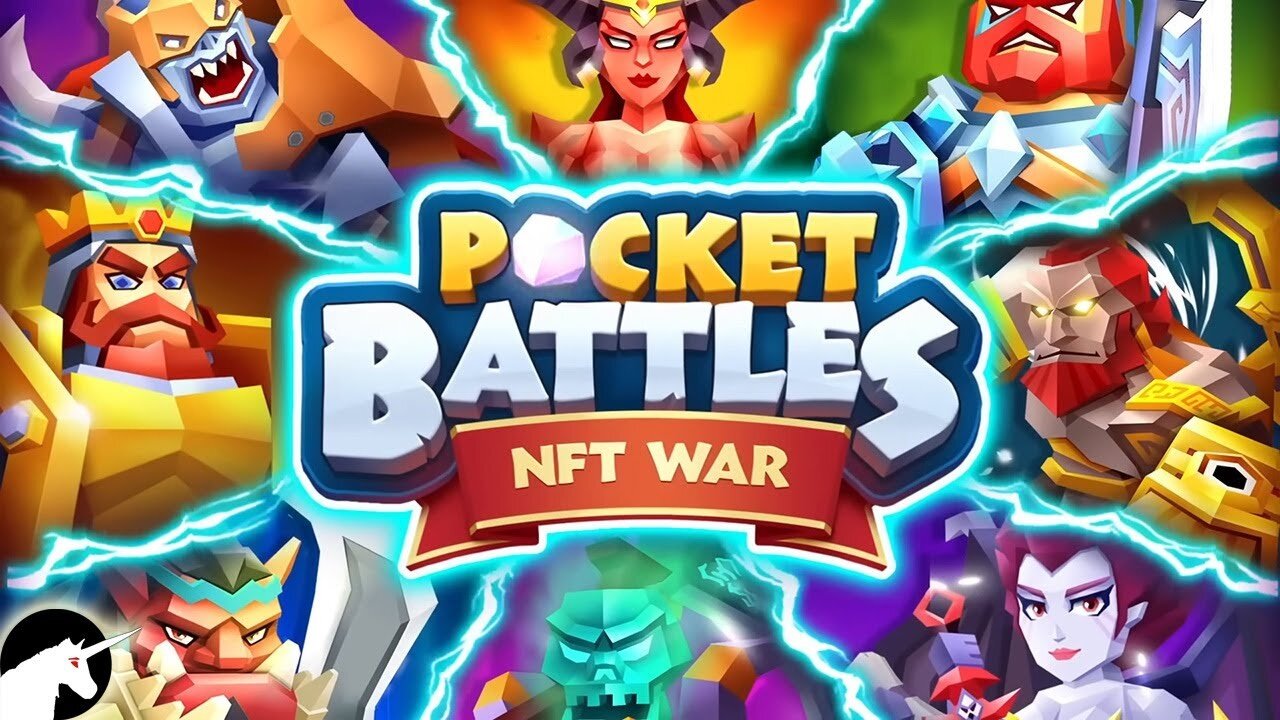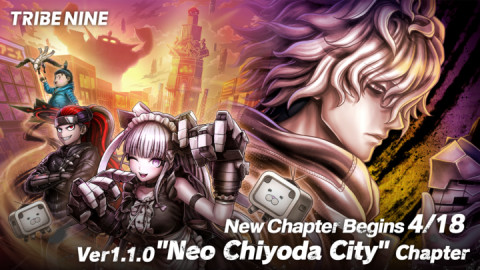
Aside from the genre, most mobile games seek ‘casualness’. RPG, MMORPG, FPS, auto-battlers, and vampire survivors-like games. Compared to PC and console games, mobile games are much lighter and more casual in many different ways. They have aim support in FPS or simplify resources, keeping the key of the genre while transitioning the game to fit the mobile platform as well as possible.
It’s the same with ‘Pocket Battles NFT War’, which is developed by ME2ZEN and published by ME2ON. The elements that are keys and barriers to a strategic game, such as collecting resources, builds, detailed unit control, etc., were revised to suit the mobile platform. In ‘Pocket Battles’, you don’t need to collect resources, decide which build to use, or control units. All you have to do is decide how you want to form your squad and how you want to position them.
This change may not seem to go well with strategy games, but the reaction is not bad. The game is getting positive reactions from the casual P2E element, and how the game can be enjoyed easily and quickly.

Many mobile strategy games minimize the macro and focus on battles. They form unit decks and summon a certain unit at specific moments in battles. It’s not that different in ‘Pocket Battles’. They got rid of the elements of collecting resources, builds, and unit control and focused solely on battles. It’s not that the user can do something actively during the battles — all they can do is use heroes’ abilities or summon reinforcements. Obviously, you can’t turn the tide with just this.
All users can do to win battles as a user is form squads and make a good formation. This means that winning or losing is decided by what kind of units the squads are composed of and their formations. As the key of the battles is about the compositions and formations, there are many different kinds of units and heroes. The units and heroes are divided into multiple grades: normal, rare, elite, and legend. There are several different roles for each unit, such as melee warriors, ranged units with low HP but high attack, assassins that attack the rear of the opponent, and supporting units. Users have to learn and understand their units well to create the most efficient squad and formation.

Although I said that you need to make the most efficient squad and formation, it’s not that difficult. Warriors, who have high HP and defense, should go in the vanguard, the ranged units should go in the back row, and the supporting units should go in between. Heroes that have strong passive/active skills go on a separate tile, and this affects the battle a lot, so you need to select the best hero according to the situation.
You begin with a 3x3 board, and it gets bigger as you play stages. At the same time, the importance of the formation rises. Although positioning warriors up front and ranged units in the back is the standard, you can add some more strategy to it. Even the same warrior-type units have slightly different specs. There are tank types that have high HP and defense, and there are melee damage types as well.
This means that you have to consider the detailed specs of each unit and create the best formation for them rather than just position them by type. For example, you can position tank units on the left and middle while putting high-damage units on the right. When you play the stages, sometimes you lose by a very close margin. In those situations, you can win by just slightly shifting the formation.

Units and heroes can be gained by recruiting them. Acquiring them is slightly different — to gain heroes, unless you get them through events, you have to spend money, but the units can be obtained through in-game gold. Although you can gain them through in-game gold, it’s not that easy. At first, it only costs about 1,000 gold, but as you play the stages, it gets more and more expensive.
Still, the price doesn’t rise infinitely. After a certain point, the price is fixed, and instead, you can choose what level unit you want to get. Lv. 1 units are 15,000, Lv. 2 are 30,000, and so on — it doubles per level. It may seem that getting a Lv. 4 unit is always best, but it depends on what level the units you already have are. You can merge two units of the same level to level them up, so you need to think about the levels of the units you already have.
Through this process, users have to grow their units and create the best formations. This whole process is the macro, build, and strategy of ‘Pocket Battles’.

Although ‘Pocket Battles’ lowered the entry barrier by simplifying the key systems of strategy games, there is a slight entry barrier as a P2E game. You can gain Pocket Stones (PKS) by completing daily quests and Masters League Arena, but it isn’t easy without spending any money. It can be said that the only way users that don’t spend any money can gain PKS is through daily quests, but obviously, the amount is extremely small.
To gain more PKS, you need to participate in Masters League ARENA and Pocket Championship, but to participate in Pocket Championship, you need two NFT heroes — compared to other P2E games, the entry barrier is quite high.
To withdraw PKS, you need at least 30 PKS. If you finish all of your daily quests, you can collect 5 PKS per day, so you need to finish them for at least six days to withdraw. Currently, 1 PKS is about 0.1 USD, and if you finish all daily quests, you earn about 3 USD per six days.

You need to purchase NFT heroes to earn PKS properly. There are two ways to obtain NFT heroes: mint them when a new season starts, or purchase them from other users in the MEVerse NFT Marketplace. Fortunately, the NFT heroes aren’t extremely expensive. The cheapest hero is about 2,500 MEV, which is about 11 USD. The necessity of having an NFT hero could be an entry barrier, but the price isn’t quite that expensive.
The PKS you earned can be used to gain units or enhance NFT heroes, or exchange them to USDC and cash out. However, you can’t swap them right away into USDC. First, you need to exchange the PKS into Pocket Tokens (PKT), then you can exchange them with USDC. It gets easier from this point, as USDC is a stablecoin pegged 1:1 to USD. It’s the same the other way around. If you want to rank higher in the Pocket Championship, you can purchase USDC, swap them into PKT, and then swap them again with PKS to enhance your troop or purchase items.

Besides the slight entry barriers of the P2E element, the tokenomics of ‘Pocket Battles’ is quite stable among P2E games. Cherrypickers, who are one of the biggest enemies of tokenomics, can only earn about a few dollars per week, so it isn’t critical to the economy, and to gain more profit, they have to invest more into the game. They’ve created a solid tokenomics environment which is compulsory for a long-running P2E game.
Although ‘Pocket Battles’ is quite satisfying, it has its flaws. They minimized the intervention of users, so you can’t help but have people who spent more money get ahead. There are quite some mobile strategy games that have minimized the users’ intervention while emphasizing the strategy elements already. Hopefully, they’ll add more strategical elements in the future.
Sort by:
Comments :0







